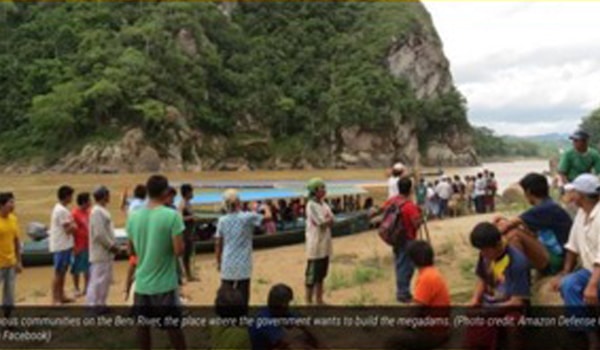
Lancet, by Prof Hillard S Kaplan + 14 others, 15 May 2020
The world’s 370 million indigenous people living in over 90 countries make up around 5% of the global population. Indigenous communities worldwide share common features that make them especially vulnerable to the complications of and mortality from COVID-19. They also possess resilient attributes that can be leveraged to promote prevention efforts. How can indigenous communities mitigate potentially devastating effects of COVID-19 in the best way? In Bolivia, where nearly half of all citizens claim indigenous origins, no specific guidelines have been outlined for indigenous communities inhabiting native communal territories. In this Public Health article, we describe collaborative efforts, as anthropologists, physicians, tribal leaders, and local officials, to develop and implement a multiphase COVID-19 prevention and containment plan focused on voluntary collective isolation and contact-tracing among Tsimane forager-horticulturalists in the Bolivian Amazon. Phase 1 involves education, outreach, and preparation, and phase 2 focuses on containment, patient management, and quarantine. Features of this plan might be exported and adapted to local circumstances elsewhere to prevent widespread mortality in indigenous communities.
PHOTO: Vigil of indigenous communities on Beni River, 2017



